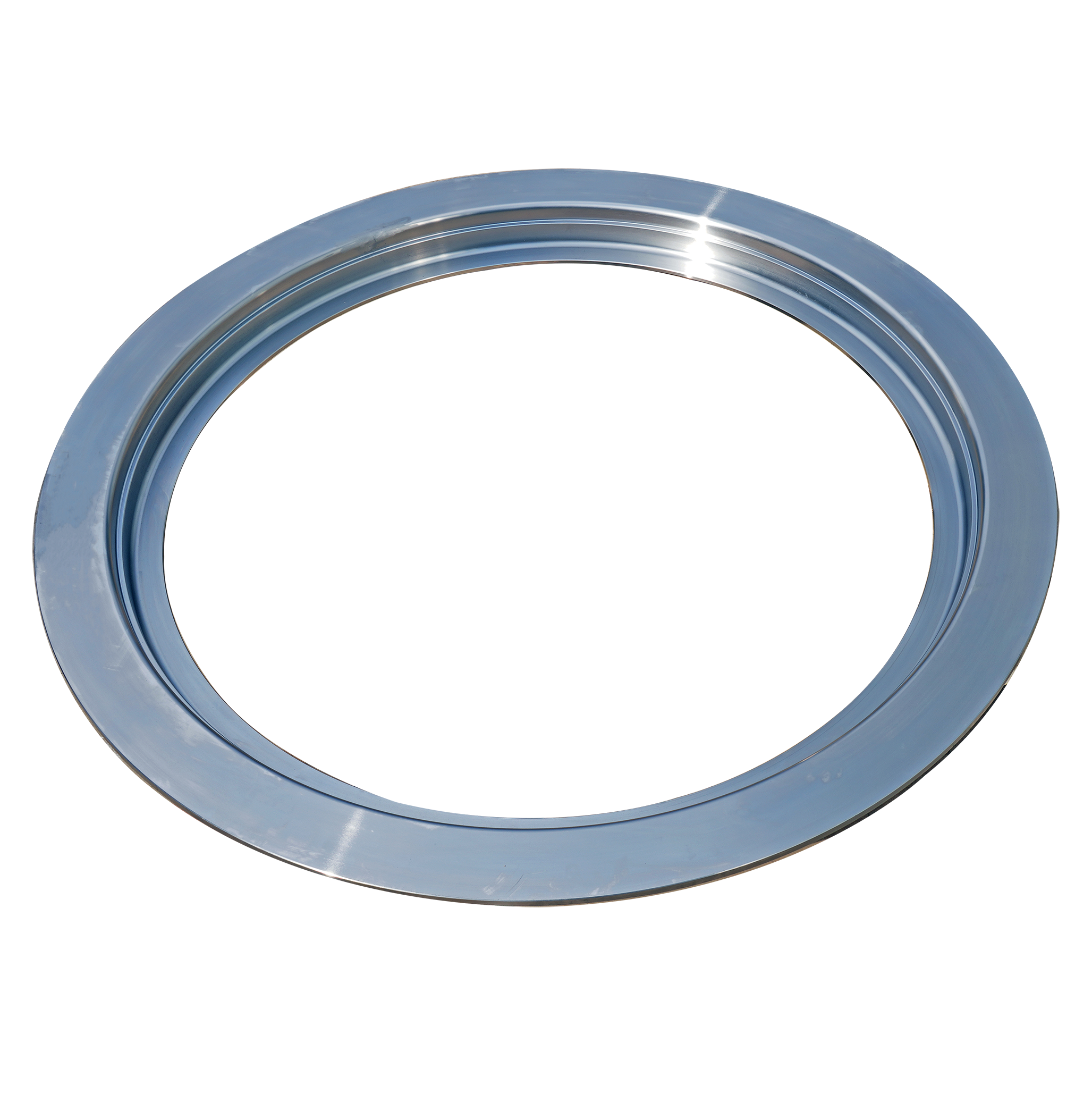Dek . 13, 2024 21:54 Back to list
Custom Precision Investment Castings for OEM Applications and Solutions
The Evolution and Impact of OEM Investment Castings
Investment casting, also known as lost-wax casting, is a precise manufacturing process that has evolved significantly over the years. It is an integral part of the Original Equipment Manufacturer (OEM) industry, particularly in sectors that require high precision and complex geometries. This article delves into the significance of OEM investment castings, exploring its benefits, applications, and future trends.
Understanding OEM Investment Castings
OEM investment casting is a process where molten metal is poured into a mold created from a wax pattern. Once the metal solidifies, the mold is broken away, leaving a detailed component that meets the exact specifications of the OEM. This manufacturing technique is favored for producing intricate parts with tight tolerances that are often challenging to achieve through traditional fabrication methods.
The investment casting process involves several key steps creating the wax pattern, assembling the pattern into a tree structure, coating it with ceramic material, melting out the wax, and finally pouring the molten metal. The result is a high-quality, reliable product that can be used in various applications.
Advantages of OEM Investment Castings
The investment casting process offers numerous advantages that make it an ideal choice for OEMs.
1. Precision and Accuracy One of the most significant benefits of investment casting is its ability to produce parts with high dimensional accuracy and fine details. This precision is critical in industries like aerospace and automotive, where even minor deviations can impact performance and safety.
2. Material Versatility Investment casting can accommodate a wide array of metals, including aluminum, steel, and various alloys. This flexibility allows OEMs to choose the material best suited for their product requirements.
3. Production Efficiency While the initial setup for investment casting may be higher than other methods, it often results in cost savings in the long run. The ability to create complex shapes in a single process reduces the need for additional machining, leading to reduced labor costs and shorter lead times.
4. Reduced Waste The investment casting process uses a near-net-shape approach, which minimizes waste material. This eco-friendly aspect is increasingly important in today’s manufacturing landscape, where sustainability is a growing concern.
Applications in Various Industries
oem investment castings

OEM investment castings find applications in multiple sectors, including
- Aerospace The aerospace industry relies heavily on investment casting to manufacture components that require exceptional strength and lightweight characteristics. Parts such as turbine blades, brackets, and engine housings are often produced using this method.
- Automotive In the automotive industry, investment casting is utilized for producing engine blocks, gears, and suspension components. The demand for high-performance vehicles has led to an increased reliance on this technology.
- Medical Devices Precision is paramount in the medical field. Investment cast parts, such as surgical instruments and implants, must meet stringent regulatory standards. The accuracy and reliability of investment casting make it a preferred choice in this sector.
- Energy Sector Components used in gas and wind turbines benefit from the durability and precision offered by investment casting. The energy sector continuously seeks advanced materials and manufacturing methods to enhance efficiency and reduce environmental impact.
Future Trends
As technology advances, so does the investment casting process. Several trends are shaping the future of OEM investment castings
1. Adoption of Technology Innovations like 3D printing are beginning to play a role in investment casting, particularly in creating more complex patterns that traditional methods cannot achieve.
2. Sustainability Initiatives As industries push towards greener manufacturing practices, investment casting processes are adapting to incorporate more sustainable materials and methods.
3. Increased Demand for Customization With the rise of Industry 4.0, there is a growing expectation for customized solutions. OEMs are leveraging investment casting to fulfill requests for tailored components that meet specific performance requirements.
Conclusion
OEM investment castings stand at the forefront of modern manufacturing, providing solutions that meet the demands of various industries. With its advantages in precision, efficiency, and material versatility, the investment casting process is poised to continue its evolution in response to technological advancements and changing market needs. As manufacturers strive for perfection and sustainability, investment castings will undoubtedly play a crucial role in shaping the future of OEM production.
-
Premium Cast Iron Water Main Pipe for Robust Infrastructure
NewsAug.27,2025
-
A-Rated Cast Aluminum Boilers: High-Efficiency Condensing Gas & LPG
NewsAug.26,2025
-
OEM Cast Silicon Aluminum Alloy Heat Exchanger | Custom & High Performance
NewsAug.25,2025
-
Centrifugally Cast Iron Water Main Pipe | Ductile Iron Solutions
NewsAug.24,2025
-
Durable Cast Steel Concrete Pipe Mold Bottom Rings & Base Trays
NewsAug.23,2025
-
Centrifugally Cast Iron Water Main Pipe for Reliable Mains
NewsAug.22,2025


